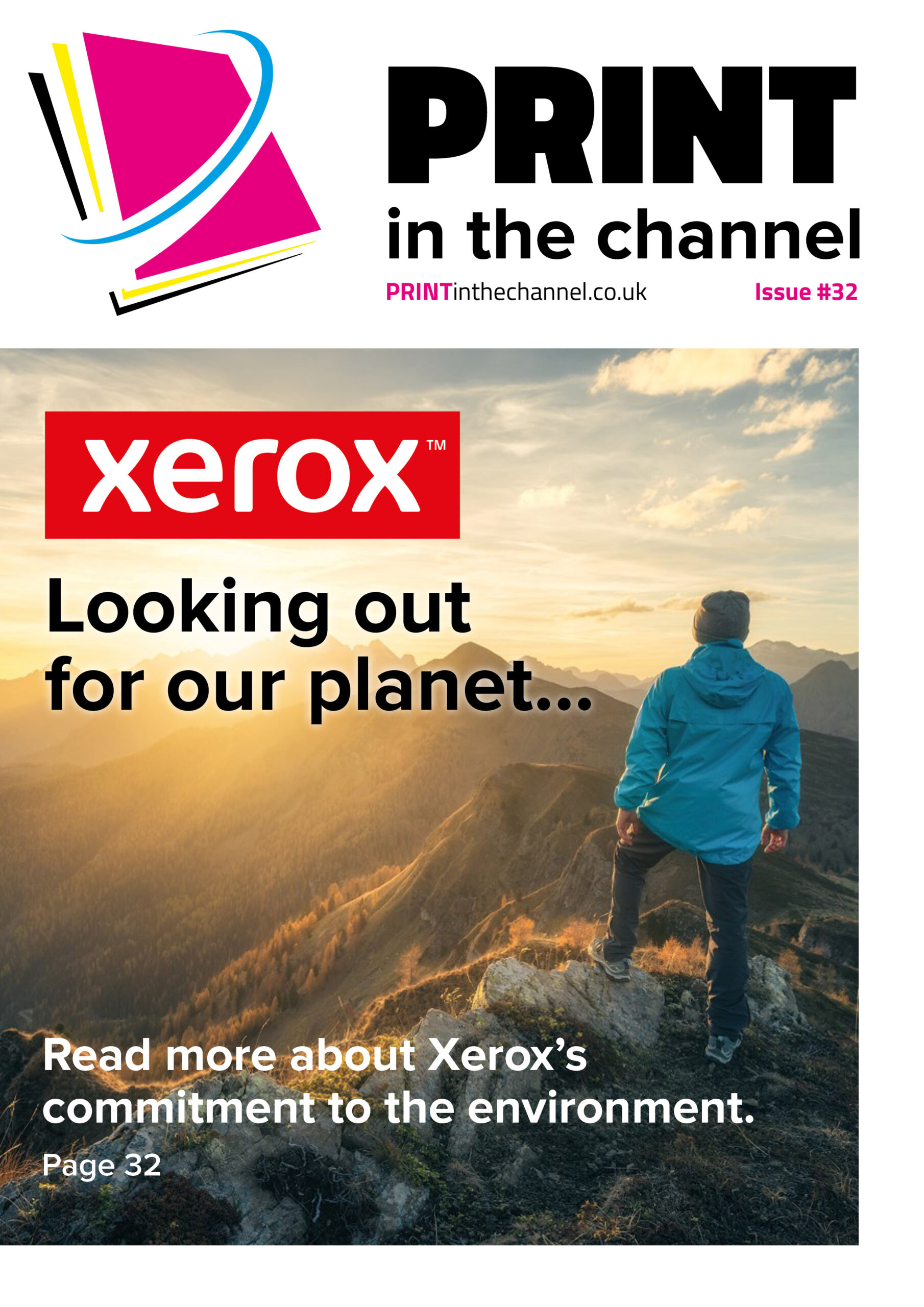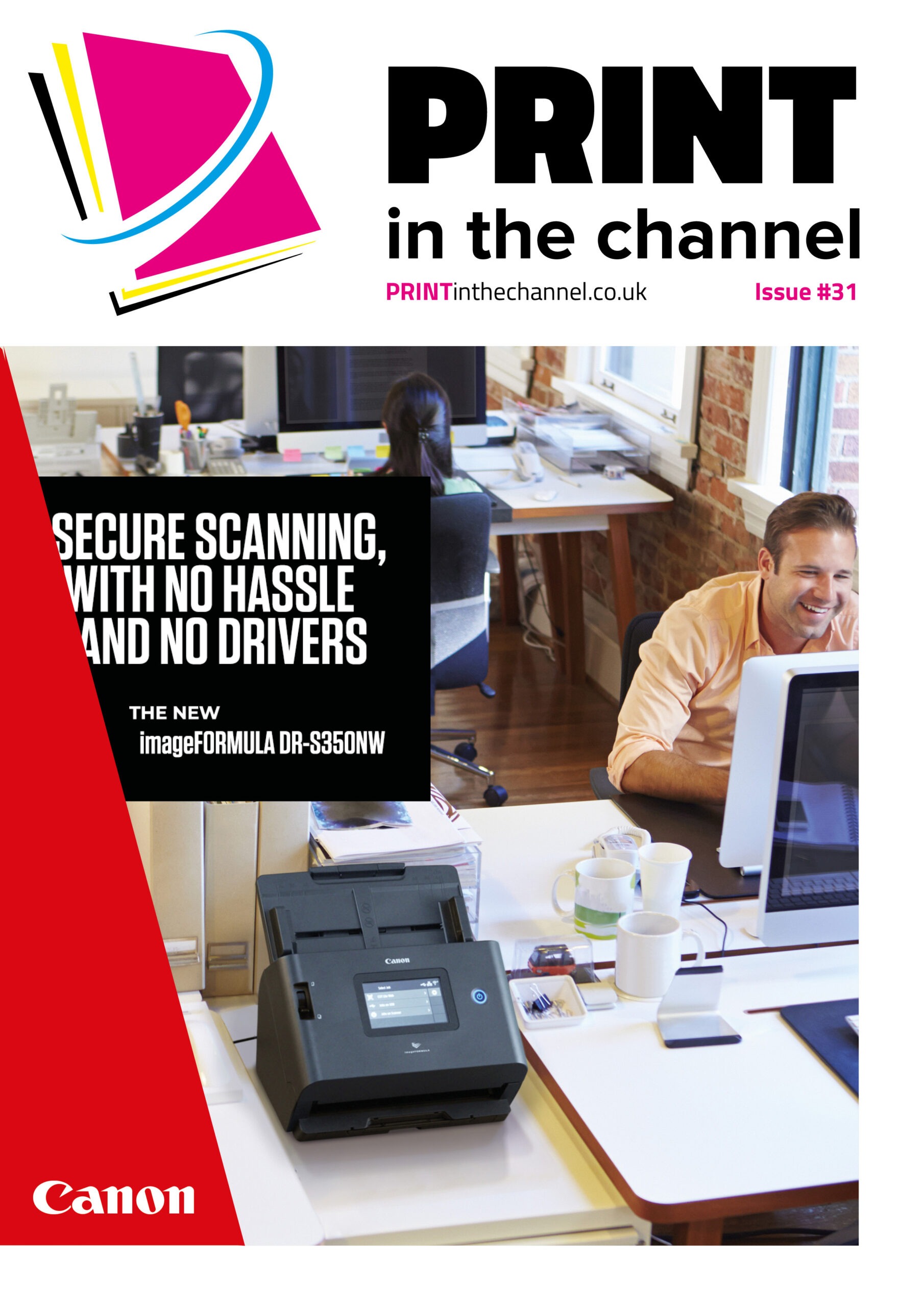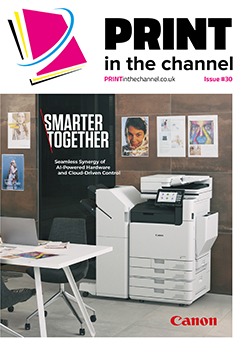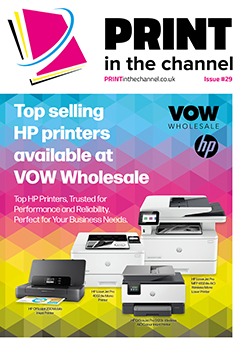As more businesses look to be sustainable, printing is coming under the microscope, with customers wanting more sustainable ink solutions – whether that be with cartridges and their re-use or disposal or packages that use less ink than standard solutions.
Sustainability is no longer something businesses can pay lip service to – words must be backed up with actions. Increasingly, tenders and contracts have stipulations in them about sustainability and what is being done towards those goals.
It means that businesses are looking at all aspects of the business to find ways to be more sustainable, including printer facilities. While manufacturers are producing printers that use less energy and print more efficiently, there are also moves to make the ink used in them more sustainable too.
Janis Kemers, VP print and supplies at TD SYNNEX Europe, notes that manufacturers are making ink tanks and cartridges more environmentally friendly or easier to reuse. “Manufacturers are bringing out new small- and medium-sized business-focused product lines and are accelerating their adoption of refillable ink tank printers in Europe,” he says.
“They are working on refillable ink tank printers that can print more pages from one ink bottle than from traditional ink cartridges, leading to less ongoing plastic waste. They are also reducing electronic waste as these ink bottles do not have internal chips and electronics, alongside lowering the frequency of ink cartridge disposal. In addition, CO2 emissions are reduced as now there is almost no need to ship ink bottles.
“Manufacturers and resellers are continuously improving sustainability – we at TD SYNNEX are working with organisations on ink that lasts longer, which can print more pages per cartridge, reducing the number of cartridges used.”
Customer driven
This focus on sustainable ink and ink cartridge solutions is being driven by customers, and will continue to be, he adds.
“More companies are looking toward environmentally friendly measures,” he says. “Our own observations are that demand for refillable ink tank printers – which provide less electronic waste and low CO2 emissions – is about 50% higher than normal on regular printers. We’re seeing the trend accelerating particularly in the small and medium business as well as the enterprise space, where refillable printer share is still small.”
Printer manufacturers such as HP have made strides in the sustainability of their ink products in recent years in response to this. For instance, HP has been making its ink cartridges and toner cartridges from recycled plastic and recovered material for some years, and in that time has saved thousands of barrels of oil and reduced the carbon footprint of its ink cartridges by more than 30%.
Smart services
With this trend for sustainability set to accelerate in the coming years, Janis is clear on what resellers should be looking to offer in terms of ink packages to customers as part of a managed print service. “There are smart managed print services that can offer subscription-based services for the predictive auto-replenishment of supplies sent to end users’ printers before they run out,” he says. “That means resellers can engage with new and recurring business and offer value-added services without incurring large development or infrastructure costs, nor minimum commitment to vendors nor inventory or order management costs.”
Subscription-based models may well be the future for this part of the sector, Janis adds. “Many customers still find the upfront cost to purchase sustainable printers high, especially if they are replacing a large fleet of them. Resellers can respond with innovative financing packages in a subscription model format, using Tech-as-a-Service (TaaS).
“This way, customers have a monthly subscription, rather than rigid and high upfront costs. Flexible funding is a crucial part of TaaS, it allows for financing options to suit each client’s financial requirements.
“Converting CAPEX into OPEX also appeals to organisations working within tight budgets and gives clearer control over their costs. As well as this, costs are made much more transparent for partners as they pay for what they need.”
Recycling need
Louise Marshall, director of ESG and organisational development at Brother UK, adds that it is vital for the channel to provide robust recycling programmes for consumables as customers strive to cut waste across their businesses.
“Our free returns scheme, which we run through our Recycling Technology Centre in Ruabon, North Wales, assesses every toner returned to us for opportunities to re-use and replace components so we can restore them to their original condition,” she says.
“This process saves approximately 5,300 tonnes of CO2 every year, and we’re seeing more partners and end user businesses get in touch to understand the potential for savings on waste and emissions. This demand for more sustainable solutions will only grow.
“Vendors themselves need to ensure that they’re operating sustainably too to help customers lower the overall environmental impact of their supply chain. With our focus to cut carbon by 65% before 2030 and membership of the FTSE4Good Index – a select group of the world’s most environmentally and socially sustainable companies – we’re taking the lead on driving the sector forward.”
Future
Ink and ink cartridges will become ever more sustainable in years to come, adds Janis. “The manufacturers we work with are continuously working to advance their solutions,” he says. “It’s exciting to see the innovation in this space and we are proud to play a key role in distributing even more sustainable products in the market for years to come.”
As this will go together with ever-more sustainable printers, resellers should be looking to capitalise on these advances and make it an integral part of conversations with customers, and especially look to incorporate them into subscription models.









